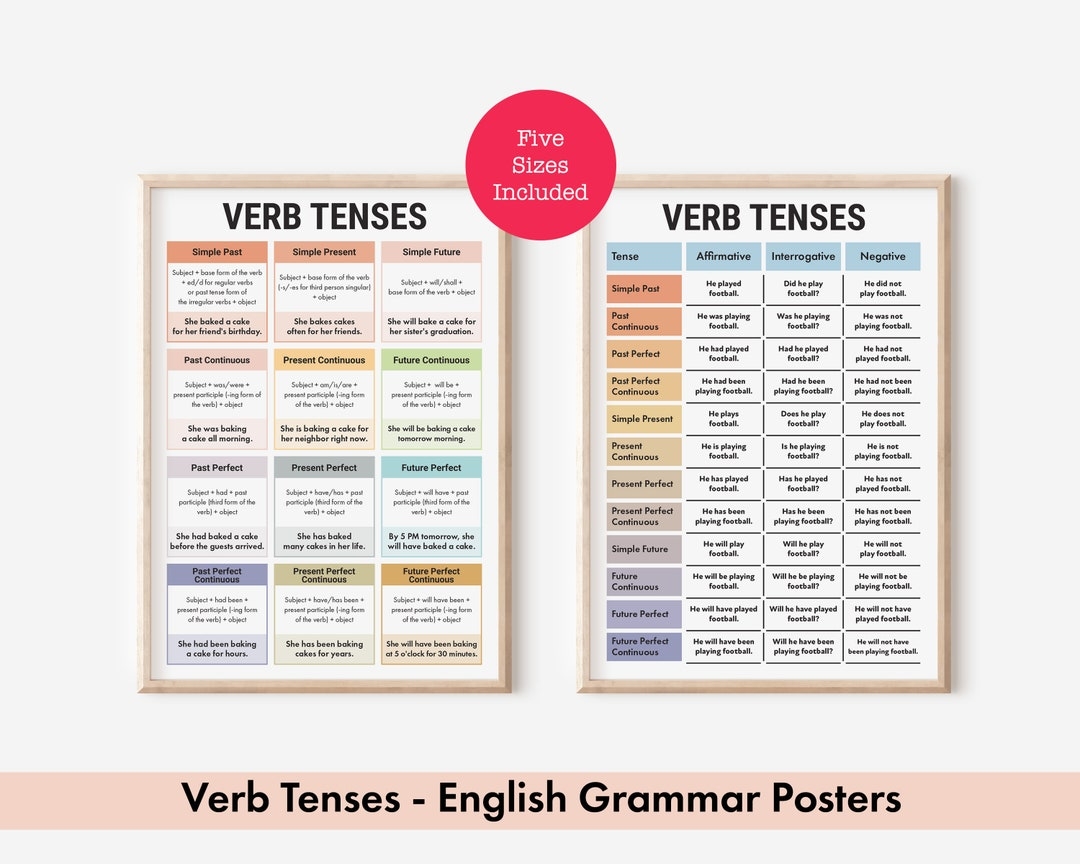Verbs are an essential part of the English language, as they indicate actions, states of being, or events. Understanding verb tenses is crucial for effective communication, as they help convey when an action occurred or will occur. English has several verb tenses, each serving a different purpose in expressing time and continuity.
Verb tenses in English can be categorized into three main categories: past, present, and future. Within each category, there are several subcategories that further specify the timing and duration of an action. By mastering the different verb tenses, you can accurately convey the sequence of events and the timing of actions in your communication.
Different Verb Tenses in English
Present Tense: The present tense is used to describe actions that are currently happening, habitual actions, general truths, or future events. Examples of present tense verbs include “I eat,” “She works,” and “They play.”
Past Tense: The past tense is used to describe actions that have already occurred. Examples of past tense verbs include “I walked,” “She danced,” and “They studied.”
Future Tense: The future tense is used to describe actions that will happen in the future. Examples of future tense verbs include “I will travel,” “She will sing,” and “They will graduate.”
Present Continuous Tense: The present continuous tense is used to describe actions that are currently happening at the moment of speaking. Examples of present continuous tense verbs include “I am writing,” “She is reading,” and “They are cooking.”
Past Perfect Tense: The past perfect tense is used to describe actions that were completed before a specific point in the past. Examples of past perfect tense verbs include “I had finished,” “She had left,” and “They had eaten.”
Understanding the various verb tenses in English is essential for effective communication. By mastering the different verb forms and knowing when to use each tense, you can accurately convey the timing and duration of actions in your writing and speech. Practice using different verb tenses in sentences to improve your fluency and precision in English.
